
News + Trends
Samsung Galaxy Z Flip: foldable, flagship, feminine?
by Dominik Bärlocher
No more joining in. Samsung is on top form with the Samsung Galaxy S20. Is Samsung finally shaking up the flagship market again and becoming a serious competitor in the specs arms race?
Getting up way too early, a four-hour drive, Munich, rain, poor visibility on the motorway. When it comes to trips to media events, there are more pleasant things than travelling to Samsung's press briefing for the Samsung Galaxy S20. But every second was worth it. Even though the Samsung Galaxy S20 looks pretty much the same as all other smartphones from the front: there's a large screen and a hole-punch front cam. Samsung calls this Infinity-O.
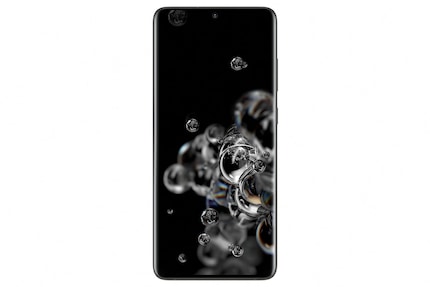
First: The Samsung Galaxy S20 comes in two basic versions.
But Samsung is not satisfied with just two phones. No, there's one more:
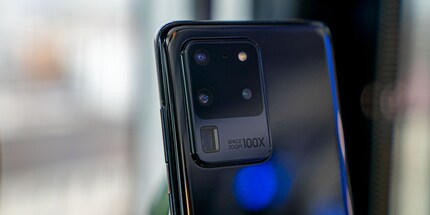
Samsung is playing hardball with the S20. The company is not making an iterative update this year, but is instead producing a phone that is more than impressive with 16GB of RAM and a 100x zoom. In short, the Samsung Galaxy S20 Ultra 5G is probably the most powerful phone on the market. Until further notice.
This is in line with Samsung's newfound aggressiveness on the market in 2020. Samsung is already trying to flatten the midfield with the Galaxy A51 and Galaxy A71. The second folding phone is also coming.
Now the Samsung Galaxy S20 Ultra 5G is set to give the competition a run for its money.
Let's start with the weakest version of the new Galaxy S. And when I say "weak" here, it just means that the device is weak compared to the other S phones.
Since we have to do a lot of work here, let's break down the specs into model and general. Makes things a little clearer.
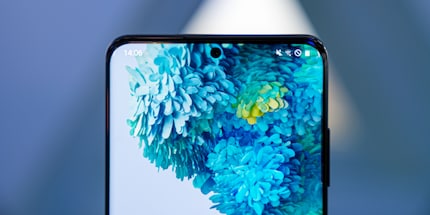
The Exynos 990, now with just three instead of four digits after the name, is the system-on-a-chip (SoC) that Samsung has opted for. With eight processor cores with up to 2.73 GHz performance, the device is impressive. Almost more important than the device's CPU, however, is the NPU, the Neural Processing Unit. This gives Samsung's smartphones some artificial intelligence. Something that was previously more or less Huawei's strength. In other words, the phone will get used to you, dynamically saving resources where they are not needed and using them where necessary. In the end, this not only affects the speed at which apps run, but also the battery life.
Speaking of app speed, the CPU or NPU is no longer the bottleneck. Performance losses are mainly due to slow download and upload rates. Or because of brakes in Android and/or the user interface. Because if the machine worked as fast as it could, you as a human would no longer be able to keep up.
On the software side, all new Galaxies run on Android 10 with One UI 2.0. There's nothing more to say, except that One UI is the first okay manufacturer version of Android.
Samsung continues to go big on the screen. All phones run with a frame rate of 120 hertz. Your Android will run more smoothly, feel softer and generally be more pleasant to use. Not just for gamers, mind you, even if gamers get the most out of it. A resolution of 3200×1440 pixels is supported as standard, called WQHD+ by Samsung.
More on this shortly:
As nice as the specs above sound, they pale in comparison to the built-in camera system. Samsung knows this too and advertises the new S series with the words "The phone to end all cameras".
If the images coming out of the Galaxy look like the specs promise, then this should be true. Because all phones record videos with a resolution of up to UHD 8K (7680×4320) at 30 frames per second. However, the hardware behind the camera differs from model to model. Therefore: More on this below.
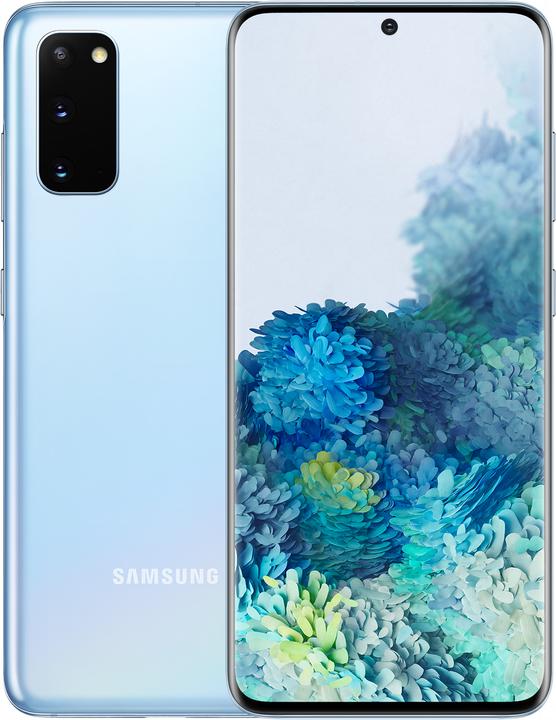
Samsung Galaxy S20 5G
128 GB, Cloud Blue, 6.20", Hybrid Dual SIM + eSIM, 5G


The weakest version of the Samsung Galaxy S20 comes without Plus and without Ultra. It is simply called the "Samsung Galaxy S20" and makes quite an impression in the larger context of smartphones, but just wait until you get to the Plus or the Ultra.
The 4G version has a pretty decent 8GB of RAM. The 5G version has 12GB RAM. Internal memory: 128 GB. Decent, but not quite a spectacle. The 4000mAh battery rounds off the small package. The screen measures 6.2 inches diagonally.
"Yes, go ahead and write. Come to the camera," I hear you say. Okay, camera:
You're like: "Yeah but, that's not such a burner!"
True. Because if Samsung has its way, you don't want the S20 anyway. Regardless of whether it's 4G or 5G. So, okay, you may want it, but there's more to it. Much more. So if you're thinking about a Galaxy S, think beyond just the small version. You can still buy the small one, but the larger versions promise much more. Also in price, because the entire S20 series is surprisingly affordable in the context of what you get.
This is where things start to get good. The Samsung Galaxy S20+ also comes in 4G and 5G. The screen is 6.7 inches diagonally and therefore a larger battery can be installed underneath. This has 4500mAh. Internal memory is either 128GB or 512GB. The 4G version has 8GB RAM, the 5G version 12GB.
The cameras are also powerful here, but not enormous.
In addition, however, there is a time-of-flight camera (ToF), which achieves better depth of field faster and more precisely. It's not as if this camera array is particularly inconspicuously bad, but the thing is: Samsung can do more. Samsung delivers even more. Because the Plus is so much better. The Ultra version is much better.

Samsung Galaxy S20 5G
128 GB, Cloud Blue, 6.20", Hybrid Dual SIM + eSIM, 5G


Okay, we're finally at the point where Samsung does the honours. Here Samsung shows that they have earned the name of the de facto standard in the "iPhone or Samsung" question. I haven't heard the question in this form for a while, but maybe it will come back with the Samsung Galaxy S20 Ultra.
Well then, here is the parade of the current top specs for a phone. If you're interested in the scene, you can rattle off the most powerful components currently available and then you've described the S20 Ultra pretty accurately.
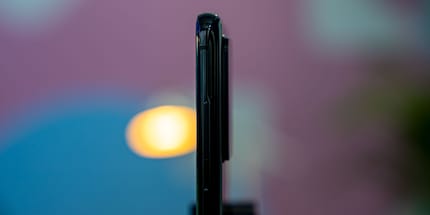
The screen measures 6.9 inches diagonally, comes with either 12GB RAM/128GB storage or 16GB RAM/512GB storage. The battery delivers 5000mAh, which is reflected in the weight of 220 grams. Fast charging? Of course. With 45 watts and 15 watts wireless. The dimensions of the device are exciting. The S20 without Plus and Ultra is 7.9mm thick, the S20+ 7.8mm. The S20 Ultra is 8.8mm thick. So the device is quite a chunk.
The cameras. These are now the cameras that are intended to fulfil the slogan "The phone to end all cameras".
Boom! I'm already celebrating the phone just because of the built-in technology. Whether the phone actually delivers what it promises remains to be seen. Because this is not a review. But the mere fact that Samsung has managed to build a phone like this and get it ready for series production is amazing. That's why there's advance praise today. And it's not that expensive either. Slightly cheaper than the iPhone 11 Pro, give or take.
Launch date: Sometime in spring. Coming soon. The question always comes up in the comments column and finally I give the best answer I can as this text goes to press. Perhaps you now understand why I usually leave this information out. I really don't hide anything from you. But I like to leave out useless things.
And finally this: It's been a long time since Samsung has impressed like this. First the A51 and A71, now the S series. Then Samsung's almost unusual willingness to experiment with foldable smartphones. Samsung is showing its teeth and doing what it was once famous for: They're showing off. And they're doing it big time. The review will then show whether Samsung actually delivers what the spec sheets and the few minutes of happy squeezing around in Munich promise.
The question remains: How will Huawei react to this?
Journalist. Author. Hacker. A storyteller searching for boundaries, secrets and taboos – putting the world to paper. Not because I can but because I can’t not.
From the latest iPhone to the return of 80s fashion. The editorial team will help you make sense of it all.
Show all